Total suspended particulate (TSP), size-separated atmospheric aerosols and aitken nuclei (AN) were monitored at Mohal (Kullu) and Manali tourist complex, in the northwestern part of the Himalayas from 1996 and onwards. Long-term trend analysis for TSP indicated a significant increase since January 1996 to December 2003 at Mohal (P<0.05) and at Manali there is no increase in the TSP level (P=0.9). The results indicate that the eight years average concentration of TSP at Mohal is 78.4 μg m−3 and 66.9 μg m−3 at Manali. Seasonal average shows that the TSP is highest during summer (Mohal 90.3 μg m−3, P=0.2; and Manali 74.1 μg m−3, P=0.5) followed by winter season (Mohal 84.3 μg m−3, P<0.05; and Manali 71.0 μg m−3, P=0.7). The mass size distribution of aerosols showed bimodal distribution having one peak in fine mode (0.08–2.1 μm) and the other in coarse mode (3.3–10 μm) at both the locations. The highest value of fine size separated aerosol showed the maximum values at 0.43 μm mode. AN (0.001–0.1 μm) density shows fine particles of air pollutants more at low altitude as compared to high altitude. The diurnal variation of AN showed maximum values between 1100 and 1400 h. The daily average concentration of AN at Mohal, Manali and Kothi was found to be 3990, 3200 and 1350 N cm−3, respectively. The increasing trend of TSP, high value of size separated aerosols in the fine mode and the peaking of fine particles during noontime are the indication of rising air pollution due to anthropogenic activities in this region.
For further reading:

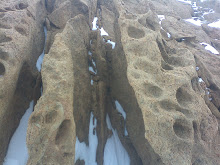
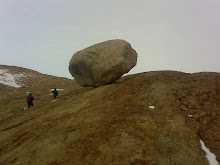
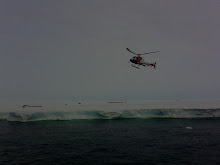
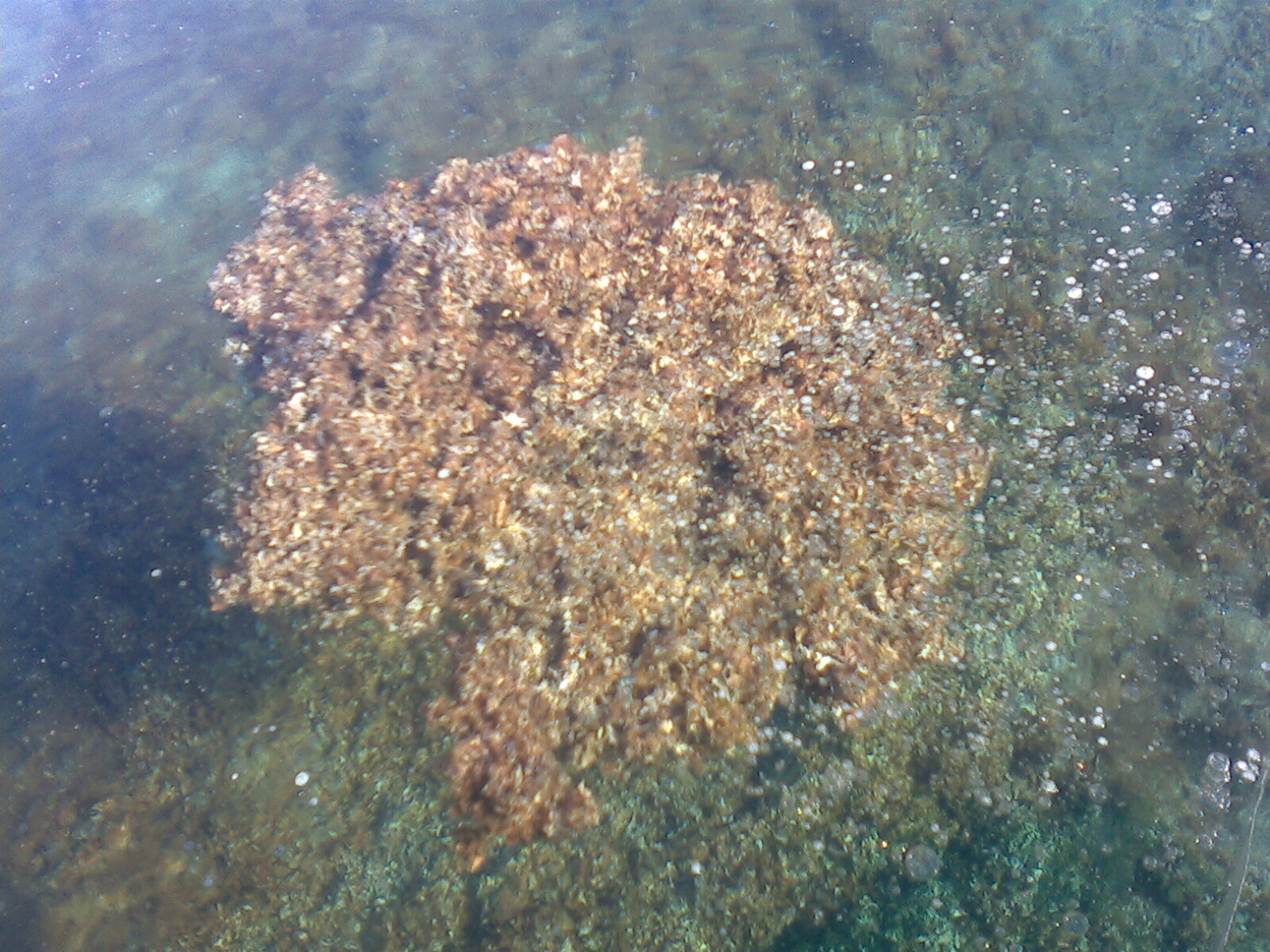
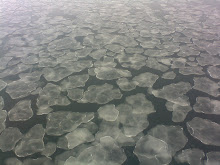









No comments:
Post a Comment